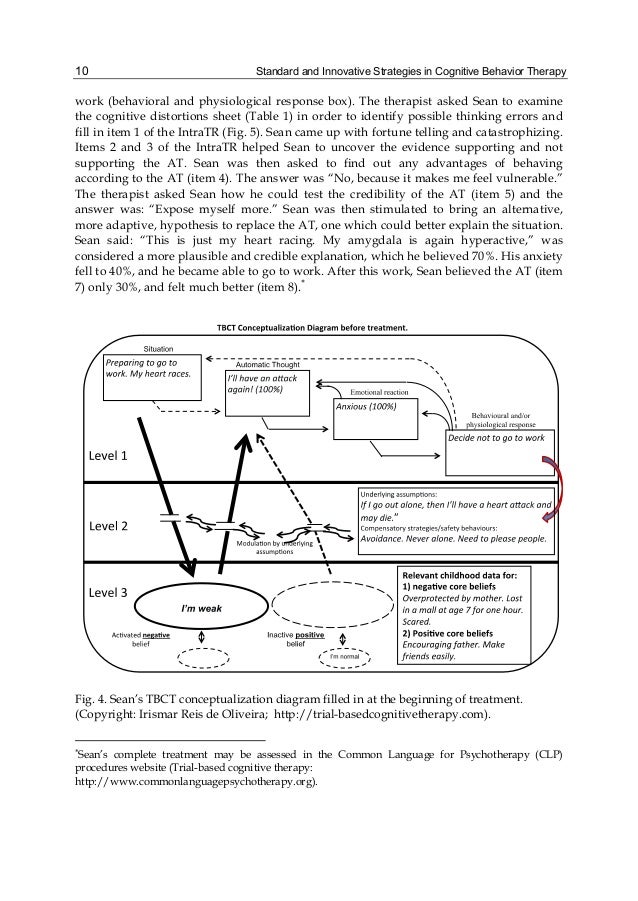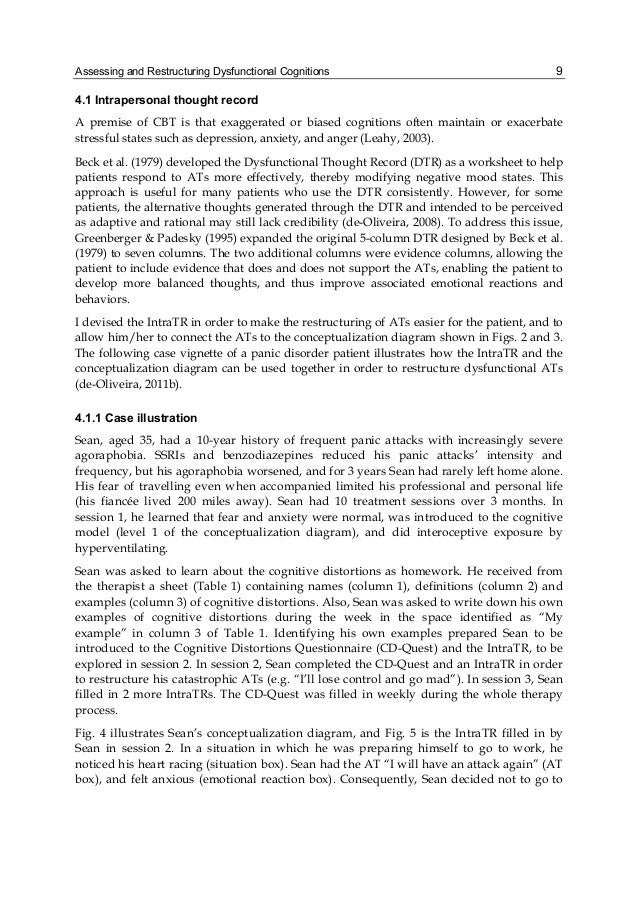16 Being Doing Minddialectical Behavioral Training

Dialectical Behavior Therapy is a research-based, cognitive-behavioral treatment originally developed by Marsha Linehan at the University of Washington, to help clients with the suicidal and self-harm behaviors often seen in Borderline Personality Disorder.
DBT has since then been modified as a treatment for other complex and challenging mental disorders that involve emotional dysregulation, such as dual diagnoses, PTSD, eating disorders and severe mood disorders. Clients with these disorders often have great difficulty managing the emotional and relational crises of their lives because they lack the needed behavioral coping skills.
Dialectical Behavior Therapy is a research-based, cognitive-behavioral treatment originally developed by Marsha Linehan at the University of Washington, to help clients with the suicidal and self-harm behaviors often seen in Borderline Personality Disorder. DBT has since then been modified as a treatment for other complex and challenging mental disorders that involve emotional dysregulation. Behavioral training: Behavioral training teaches you to apply skill and acquired knowledge in all sorts of situations. Let us continue with the example of driving; driving styles can vary between drivers. Even though the skill and knowledge is theoretically the same, there can be a significant difference in driving behavior, i.e.

Using both acceptance and change strategies, DBT asks both patient and therapist to find a balance between accepting reality as it is, and maintaining a strong commitment to change. Such treatment is ideally offered in an environment that is warm and validating, while attempting to offer enough challenge and guidance to effect behavioral change and reduction of harmful behaviors. The goal is to help clients create “a life worth living.”

Cognitive behavioral training (CBTraining), sometimes referred to as structured cognitive behavioral training, (SCBT) is a regimented cognitive-behavioral process that uses a systematic, highly structured workshop-style approach to break down and replace dysfunctional emotionally dependent behaviors.The roots of CBTraining lie in cognitive behavioral therapy (CBT), and like CBT the basic. Here are seven behavioral or interpersonal skills that you should zero in on when establishing the culture in your company: 1. Communication is a very broad topic that can cover different situations and participants. Of course, it’s vital with shared workplaces and responsibilities, like when your employees collaborate on projects. Dog Behavior Training I expand further on these rules within the specific dog behavior problems listed below. A great number of puppy and dog behavioral problems are the result of separation anxiety. Many behavior problems (such as barking, biting and digging) stem from a lack of communication, or miscommunication between you the owner and your.
Research has shown that DBT treatment is most effective when it includes 1. individual therapy, 2. a weekly skills training group and 3. help with skills application by phone with the individual therapist between sessions. At MTA, we offer all three components. For information about individual DBT therapy or skills application and coaching, please contact us.
Weekly DBT skills training groups are didactic groups that use a step-by-step format to teach four sets of skills: mindfulness, interpersonal effectiveness, emotion regulation, and distress tolerance.- Mindfulness: The ability to take control of your mind instead of having your mind control you. Mindfulness helps direct your attention through the process of observing, describing and participating from a nonjudgmental perspective. This allows for more objective, effective, and meaningful experiences in the here and now.
- Interpersonal Effectiveness: The ability to communicate and express yourself effectively while maintaining an understanding and a commitment to your objectives, your relationship to the person(s) and your self-respect.
- Emotion Regulation: The ability to regulate your emotions by understanding the relationship between thoughts, feelings, body sensations and behaviors. As well as, being aware of vulnerability factors related to emotional states such as; adequate sleep, balanced eating, appropriate medication usage, self-care, exercise and incorporating positive experiences in your daily life.
- Distress Tolerance: The ability to get through an already difficult time without making it worse. Self-destructive behaviors are often a result of ineffective ways of dealing with painful emotions. Distress tolerance teaches the use of distraction, radical acceptance and pros/cons as alternatives.
These topics are covered through leader presentation, group discussion, handout materials, structured homework and homework review. For more information about DBT please see www.behavioraltech.com.
Responding to violent autistic behavior in toddlers and children requires significant parental considerations. Interspersions, not intensities; will worsen the behavior further for the child. For example, lets take Adam, who likes hit the child next to him in school because he likes to hear the other child’s reaction–“He hit me!” Or, let’s talk about Sophie; who, out of jealousy, throws her classmate’s stationaries off the table and on the ground.

For children with high functioning or borderline autism, it is often the attention they get from being difficult that keeps children into the habit. For parents, the time to act is now! If you don’t intervene today, the problem would only grow, not to mention that there can be another child victimized tomorrow.
While many of you may have taken temporary measures to alleviate this problem, unless you have a longer-term autistic behavior control strategy in place, the child might end up hurting several others and in worst cases, him/herself.
The DO’s and DON’Ts for Handling Violent Autistic Behavior

Ways to minimize such behavior and assuring everyone’s safety requires some specific strategies to be in place. It’s not that you always have to do something; there are certain things you must also refrain from.
The List of DO’s
- Visual or non-verbal redirections: Gestures/visuals tell an individual what you want him/her to do without use of words. Hold him/her out, wave to gain his/her attention and then send the message to sit down or stand up with your hands. It is commanding without attending to the behavior.
- Block aggression without engaging: Best way to do this is keeping the individual from being too close to others. Do it without talking or looking straight into his/her eyes. Also, obstruct his/her view to the target with a beanbag, a chair or something else. Keep him in your view and watch covertly to assure safety.
- Attend the victim: If the child is attacking or teasing other students, keep eyes on the student being targeted. Ask him/her if he/she is OK, fuss over him/her, and pay lots of attention to the child. Ignore the attacking child and talk about the behavior expected from the victim in such cases. Plain ignoring goes a long way.
- Assuring safety: Don’t sacrifice safety to avoid attention. This may go without saying but it’s important to recognize that sometimes violent autistic behavior is going to escalate and you are going to have to do something to keep a student from running out into the parking lot or hurting another student. Those are times when you will have to intervene, but do it with as little attention as possible.
- Check your own emotions: That’s tough. Not letting your blood boil with frustration and holding a neutral face is difficult but possible; an expressive face just reinforces an attention-seeking behavior. Keep your calm and don’t involuntarily yell out–when a kid pulls yours or another’s hair all in a sudden. Take a deep breath for that.

The List of DON’Ts
- Don’t talk (or yell): A child engages in such violent autistic behaviors – even meltdowns – if upset about something. It is often not intentional and those times are not a good time to try reasoning. Language is likely to increase problems furthermore. Being upset makes a person not want to talk to anyone.
- Eye-contacts are not advised: Keeping an eye for safety and making eye contacts (i.e. looking directly into the eyes of the individual) engages him/her even more and provides the attention which you are trying to cut off. Look off in the distance; look at another direction…anywhere but directly at the child.
- Avoid touching: Touching an upset individual will only escalate the situation and fights might break out. If it’s only a pretense to gain attention, physical contact provides that. Physically intervention to assure safety, if at all required, must be brief.
- Don’t discuss the child’s behavior: That’s simply attending to the behavior, because you are talking about it. Instead, talk to other students about what they are doing right and the behaviours expected from them. This way, you’ll send a positive message and remove the attention from the troubled child.
- Don’t refrain from teaching appropriate ways to gain attention: Behavior is maintained by a counter reinforcement behavior, the replacement skill here will be something that attracts attention appropriately. Reinforcing should be present in addition to teaching the skill (e.g., tapping your arm, using a communication switch). If it turns out to be a more reliable way to gain attention than the violent behavior, then such negative behavior is eventually going to stop.
16 Being Doing Minddialectical Behavioral Training Program
Additional Resources to Handle Violent Behavior of Autistic Child
Dialectical Behavioral Therapy Near Me
We have a lot of resources to handle difficult and/or violent behavior for children with Autism at home and in classrooms. Here are a few:
What Is Dialectical Behavior Therapy
Hope this post provides you some insight on handling violent autistic behaviors in children; especially those that are related to gaining attention in particular. Even though the focus was primarily on attention-seeking behavior, the use and importance of reinforcements, in general, needs to be understood. It will ensure that all these strategies become useful for any incident involving violent behavior. If you got some more tips to share, please post your comments below.
